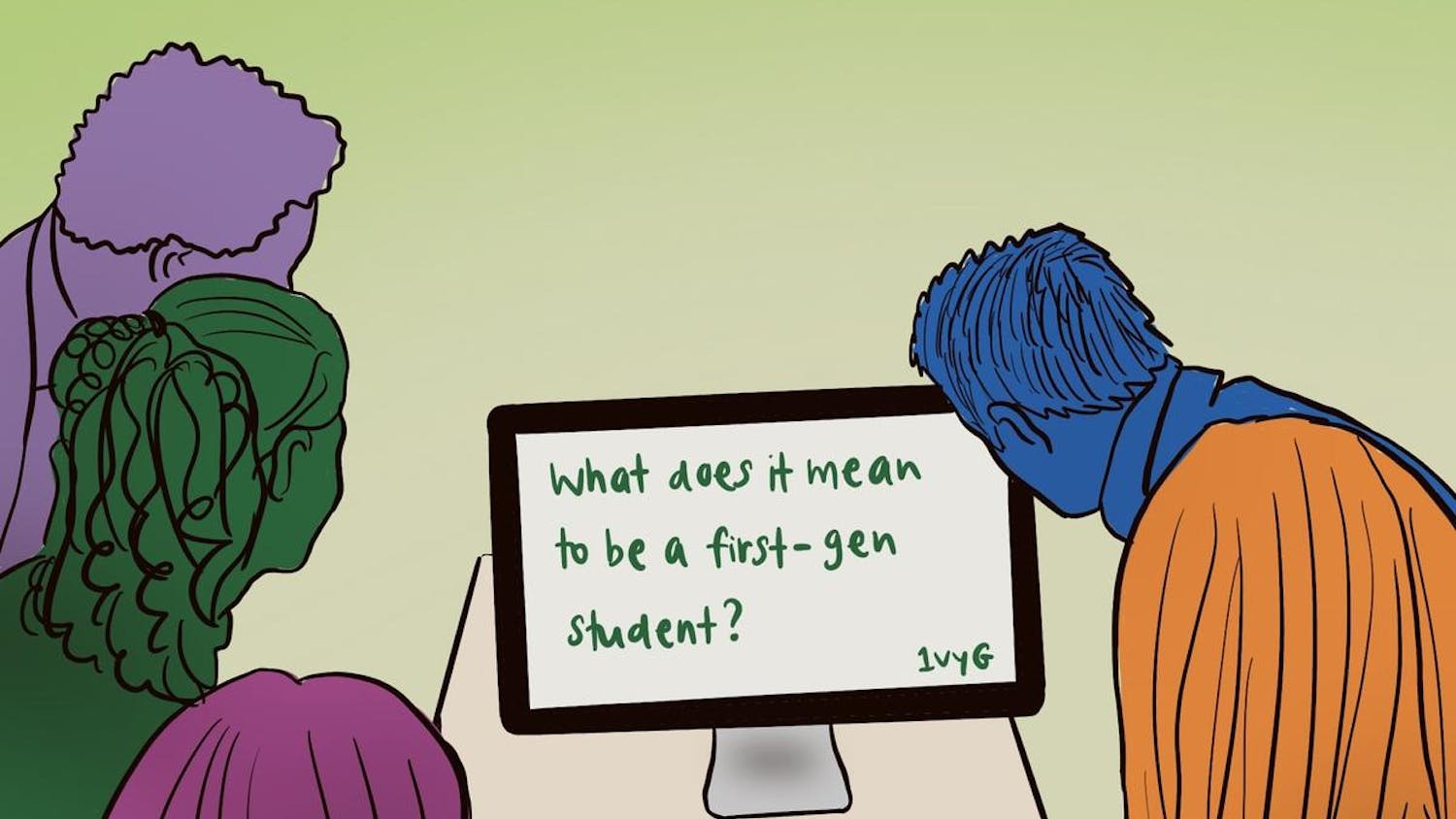The Deficit Reduction Working Group proposed recommendations for achieving $7 million in savings over the next three to five years, focusing on utilities, employee benefits and information technology, Provost Vicki Colvin wrote in a community-wide email Friday.
The working group formed in October to address the University’s structural operating deficit of $10 million. The recommendations outline seven specific areas for budget reduction: the dean of the faculty’s budget, Computing and Information Services, benefits, utilities, visiting scholar housing, libraries and facilities and maintenance.
President Christina Paxson P’19 and Colvin will consider the recommendations for approval over the summer, said Vice President for Communications Cass Cliatt. They will solicit feedback from Brown community members through an online form until June 30 to inform their decisions, she added.
The working group proposed eliminating some “non-regular” faculty-taught courses that enroll 10 or fewer students.
The group also suggested consolidating all IT staff into CIS and removing 10 to 11 IT staff positions through attrition over the next few years. Currently, 163 IT staff members work outside of CIS, and 78 of those staff members perform work that CIS already offers, according to the report.
Under the benefits area, the group recommended introducing annual deductibles for individual University employees and their families and increasing office co-pay. The group also suggested freezing the Tuition Aid Program, which currently provides $10,400 in tuition assistance to each college-age child of a University employee.
In November 2013, the University agreed to increase TAP each year at a rate proportional to that of tuition increases following the release of an ad hoc committee’s report on employee benefits. At roughly 24 percent of tuition, Brown’s TAP lags behind that of peer institutions, which offer an average contribution of about 62 percent, according to the ad hoc committee’s report.
Spending on campus buildings also emerged as a key theme of the working group’s report, with recommendations for improved ventilation systems in labs, a conversion of some visiting scholar housing to student dormitories and reorganization of Facilities Management staffing.
Libraries were also a target of savings, with recommendations including reducing library hours during off-season parts of the year and charging admission fees to alums and campus visitors.
The working group consisted of 13 faculty members, seven staff members and three students appointed by Paxson and Colvin “based on their active involvement with the community,” Cliatt said.
Group members “kept an open mind, but we looked at areas with the biggest budget and looked at costs,” said Janet Blume, senior associate dean of the faculty and a member of the working group. The report stresses that IT staff will be reduced through attrition only, and that layoffs remained a possibility but were “a line we didn’t want to cross,” Blume said.
“We did what we thought would be reasonable,” Blume said. But some budget cuts “might be painful in ways we couldn’t tell” or have “unintended financial consequences,” she said. If approved, changes to employee benefits will “have to be rolled out gently,” she added.
The recommendations “shouldn’t be confused with the only steps the University is engaging in to address cost savings,” Cliatt said, adding that the administration remains consistently involved with fundraising, grant revenue, space utilization and project development in order to reduce the deficit.
The working group’s recommendations represent an “attainable goal” but “might not get us all the way there,” Cliatt said.
“We’re going to dig very deeply into the recommendations… Some will be accepted, some will be adjusted and some may be put on hold for further long-term study,” Cliatt said.
Community feedback will form a crucial part of the evaluation process, she said. “The working group provided diverse perspectives, but there could be other insights within the community that we should consider.”
ADVERTISEMENT




